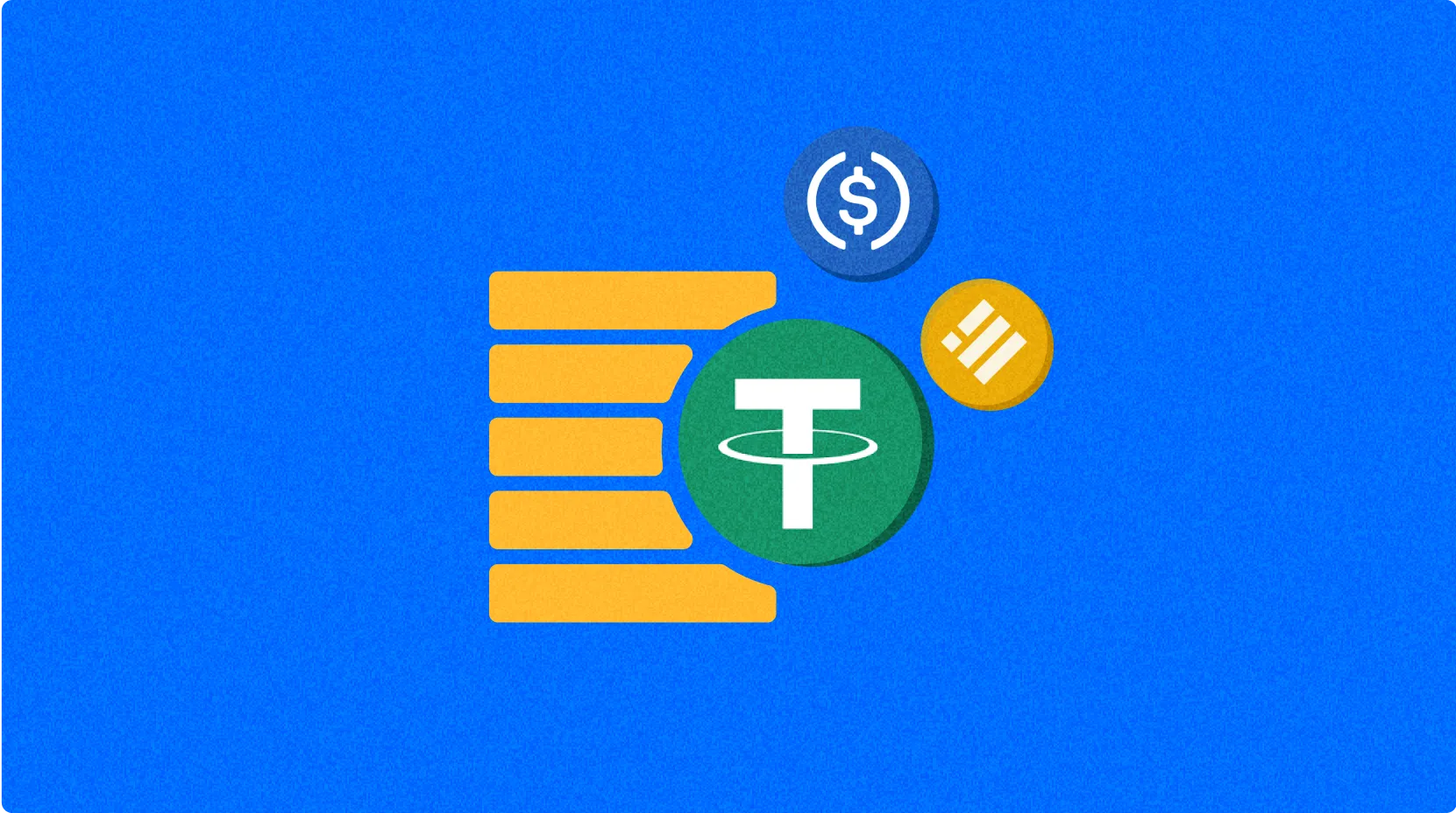Kripto projelerinde Token Ekonomik Modeli, yönetimi ve değer dağılımını en verimli şekilde nasıl sağlar?


Token dağılımı: %40 ekip, %30 yatırımcı, %30 topluluk
TTN Token’ın dağıtım modeli, dengeli bir ekosistem gelişimi için stratejik olarak planlanmış bir tahsis yaklaşımını benimser. Dağılımın %40’ı ekibe, %30’u yatırımcılara ve %30’u topluluğa ayrılmıştır. Bu yapı, projenin uzun vadeli istikrarını sağlarken topluluk katılımını da yüksek tutmayı hedefler.
Dağıtım yapısı, sektör standartlarıyla karşılaştırıldığında şöyle görünür:
| Paydaş | TTN Token | Sektör Ortalaması | Amacı |
|---|---|---|---|
| Ekip | %40 | %35-%45 | Geliştirme, operasyonlar, uzun vadeli bağlılık |
| Yatırımcı | %30 | %25-%35 | Finansman, stratejik ortaklıklar, likidite |
| Topluluk | %30 | %25-%40 | Kullanım, yönetişim, ekosistem büyümesi |
Bu tahsis stratejisi, çekirdek katkı sağlayıcılarını teşvik etmek ile geniş dağılımı mümkün kılmak arasında dengeli bir yaklaşım sunar. Ekibe ayrılan yüksek oran, uzun vadeli geliştirme taahhüdünü güçlendirirken, hak ediş planları sayesinde ani piyasa baskısı önlenir. Yatırımcı payı, büyüme için gerekli sermayeyi sağlarken likiditeyi destekler.
Topluluk payı ise yeniden stake ödülleri, puan bazlı katılım programları ve topluluk yönetişimi gibi mekanizmalarla ekosistemi etkin şekilde büyütür. Benzer dağıtım modellerine sahip projeler, özellikle topluluk tahsisi %25’in üzerinde olduğunda TokenMinds araştırmasına göre %23 daha yüksek tutundurma oranı göstermiştir. TTN token dağılımı, tüm paydaşların çıkarlarının uyumunu koruyarak projenin sürdürülebilir büyüme potansiyelini güçlendirir.
%2 işlem ücreti yakma mekanizmalı deflasyonist model
TTN, zamanla token arzını azaltmak için %2 işlem ücreti yakma mekanizmasıyla güçlendirilmiş bir deflasyonist model uygular. Kullanıcılar TTN işlemlerini gerçekleştirdiğinde, her işlem tutarının %2’si otomatik olarak ve kalıcı şekilde dolaşımdan çıkarılır; bu yakma işlemi token ekonomisinde sürekli bir deflasyonist baskı oluşturur.
Bu mekanizma, ağdaki işlem hacmi arttıkça tokenların daha kıt hale gelmesini sağlayarak TTN’nin arz dinamiklerini temelden değiştirir. İşlem hacmi ile yakma oranı arasındaki ilişki, kendi kendini besleyen bir ekonomik döngü yaratır:
| Özellik | Geleneksel Tokenlar | TTN Deflasyonist Modeli |
|---|---|---|
| Arz Eğilimi | Sabit/enflasyonist | Sürekli azalan |
| Değer Önerisi | Zamanla seyrelme | Artan kıtlık etkisi |
| Kullanım Etkisi | Arza nötr | Daha fazla kullanım = daha fazla yakma |
| Uzun Vadeli Sahipler | Avantaj yok | Azalan arzdan fayda |
Tokenların yakma mekanizmasıyla kalıcı olarak azaltılması, değer koruma özelliği arayan yatırımcılar için cazip bir unsur haline gelmiştir. Gate kullanıcıları TTN ile işlem yaptıkça bu deflasyonist döngüye doğrudan katkı sağlar; her işlem toplam arzı azaltır ve talebin sabit veya artan olduğu durumda fiyat üzerinde yukarı yönlü baskı oluşturabilir. Model, ağ kullanımını token değeriyle doğrudan ilişkilendirerek TTN ekosistemine katılımı ödüllendiren sürdürülebilir bir ekonomik yapı oluşturur.
14 günlük kilitlenme süresiyle token stake’e bağlı yönetişim hakları
Toyow’un yönetişim sistemi, oy haklarını stratejik olarak belirlenen 14 günlük token stake kilitlenme süresine bağlıyor. Bu süre, ekosistem ve token sahipleri için önemli avantajlar sunar.
Kısa stake süresi, geleneksel 21 veya 30 günlük modellerle karşılaştırıldığında doğrulayıcı değişimini ve oy döngülerini daha sık hale getirerek merkezileşme riskini azaltır ve ağ güvenliğini artırır. Benzer uygulamalardan elde edilen veriler, 14 günün katılım ve esneklik arasında en iyi dengeyi sağladığını gösteriyor.
| Stake Süresi | Likidite | Oy Sıklığı | Merkezileşme Riski |
|---|---|---|---|
| 14 gün (TTN) | Daha yüksek | Daha sık | Daha düşük |
| 21+ gün | Daha düşük | Daha seyrek | Daha yüksek |
Token sahipleri, daha hızlı ödül döngüleri ve artan likidite ile anlamlı yönetişim katılımını sürdürebilir. Bu model ayrıca katılımcıların protokoldeki gelişmelere daha hızlı yanıt vermesini sağlayarak daha dinamik bir yönetişim ekosistemi oluşturur.
14 günlük kilitleme süresi, bağlı katılımı teşvik etmek ile tokenların aşırı hareketsizliğini önlemek arasında ideal bir denge sunar. Diğer protokollerden elde edilen veriler, bu sürenin daha uzun kilitlenme dönemlerine kıyasla yönetişim katılım oranlarını yaklaşık %22 artırdığını ve protokol istikrarının korunduğunu gösteriyor. TTN yönetişim modeli, özenli stake mekaniklerinin topluluk katılımını ve protokol güvenliğini aynı anda artırabildiğini gösteriyor.
SSS
Elon Musk'ın kripto para Coin’inin adı nedir?
Elon Musk’ın kendine ait bir kripto parası yoktur. Ancak Dogecoin (DOGE) ile yakından ilişkilendirilir ve bu coini sıkça “halkın kriptosu” olarak tanımlar ve destekler.
TTN token kaç para?
Ekim 2025 itibarıyla TTN token fiyatı $0,1490’dır. Bu, önceki değerine kıyasla önemli bir yükselişe işaret eder.
Titan Crypto’ya ne oldu?
Titan Crypto, yatırımcıları varsayımsal performans verileri konusunda yanıltmak nedeniyle SEC’in suçlamalarıyla karşılaştı. SEC, Titan’ın yatırım stratejilerini yanlış aktardığını belirledi. Titan, suçlamaları kabul veya reddetmeden uzlaşma yoluna gitti.
T-crypto iyi bir yatırım mı?
Evet, T-crypto güçlü bir potansiyele sahip. Yenilikçi teknolojisi ve artan kullanıcı kitlesi, mevcut piyasa koşullarında kârlı bir yatırım olabileceğini gösteriyor.

Sui'de Token Ekonomik Modeli, ağ yönetişimini nasıl daha verimli hale getiriyor?

DOT'un Tokenomics modeli, enflasyon ile ağ güvenliğini dengelemek üzere nasıl gelişiyor?

MM Token Ekonomik Modeli, merkeziyetsiz yönetişimi teşvik etmek için hangi mekanizmaları sunar?

RESOLV Token Ekonomik Modeli, DeFi alanında sürdürülebilir büyümeyi nasıl destekliyor?

Sui'nin Token Ekonomi Modeli, Ağ İstikrarını Nasıl Güçlendiriyor?

SPK'nın Token Dağıtım Modeli Topluluk Yönetişimini Nasıl Güçlendiriyor?

Uniswap Airdrop'unuzu Nasıl Talep Edeceğinize Dair Adım Adım Kılavuz

GLMR Nedir: Moonbeam’in Yerel Token’ı ve Polkadot Ekosistemindeki Rolüne Kapsamlı Bir Rehber

Billion Token'ları Anlama Rehberi: Yeni Başlayanlar İçin Kılavuz







